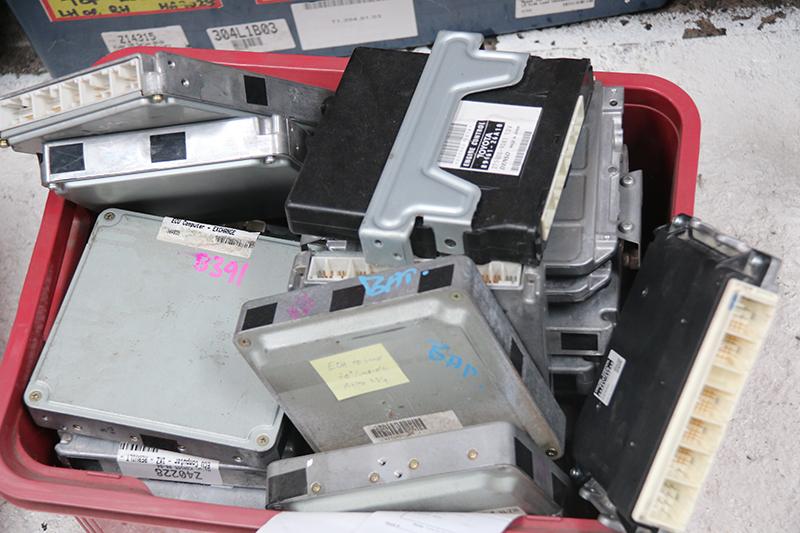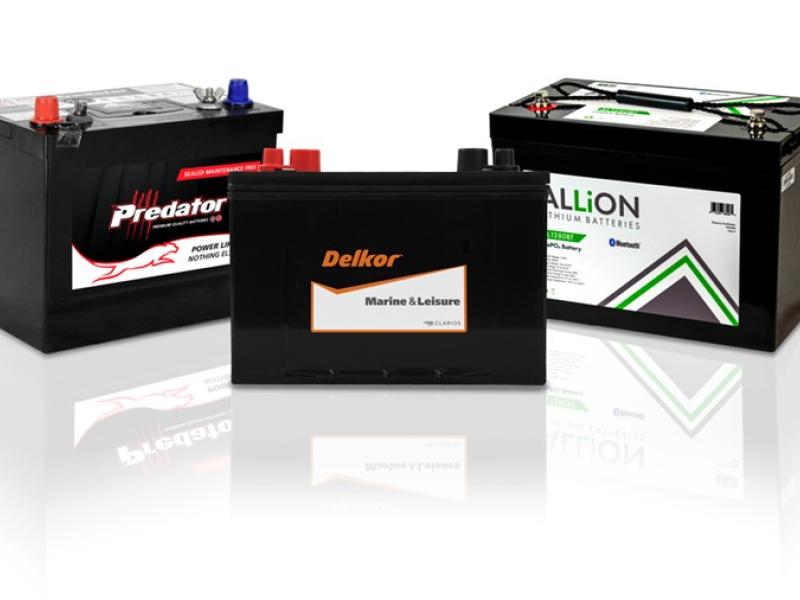A lot of readers probably can not even recall a time before we had engine management systems with their associated ECUs (Engine Control Unit), just like they can’t image a time before the internet. However it is important to realise there was indeed a way to manage engines before there were ECUs – it was just rather analogue and there was no inter connection between the fuel and the ignition systems, distributors could adjust spark timing both in relation to engine speed and also manifold vacuum (acceleration) for instance.
Electronic Engine Management allowed for these to be both connected and precisely regulated, whilst being linked to engine speed, load, temperature and a range of other factors. This had significant effects in terms of improving fuel economy, increasing performance and reducing maintenance, whilst at the same time introducing a whole new set of complexities for repair and diagnostics. Before long these units started to be interconnected to other systems such as the transmission, security and climate controls to further refine the interoperability of different aspects of the car. As more parts of the engine become electronic such as drive by wire throttles and continuously variable valve timing the range of input sensors and control was able to increase.
The go faster brigade
Any system in a car is an obvious target for improvement if you want more of some aspect – power, torque or economy and with the ECU being the key nexus it did not take long for people to find various ways to tune and upgrade these systems. The car manufacturer has to achieve a number of things with their programming choices, whereas an individual may be prepared to compromise some aspects of performance to enhance others.
Broadly speaking there are three upgrade paths, usually the factory ECU itself is fixed by the manufacturer although some may allow for reprogramming or reflashing, but in general you need an aftermarket ECU if you want serious performance. The options then are plug-in or wire-in styles. The plug-in style either directly replaces the factory ECU or plugs in via an expansion harness and overrides the factory ECU. Wire-in options are a more serious proposition to fit as you literally need to interconnect the ECU harness and the vehicle’s wiring (sensors, etc.) These are particularly useful when you do an engine swap or similar.
Plug-in ECUs will likely come with a preprogrammed engine map that is optimised for the characteristics you want, you may be able to further tune these, a wire in unit will likely only have base mapping allowing you to totally tune it to the vehicle usually on a dyno.
There is a wide range of options out there, so do some homework first on what might best suit your specific vehicle and requirements, which could vary greatly from a mild upgrade on your near new vehicle to a full-on competition machine!






